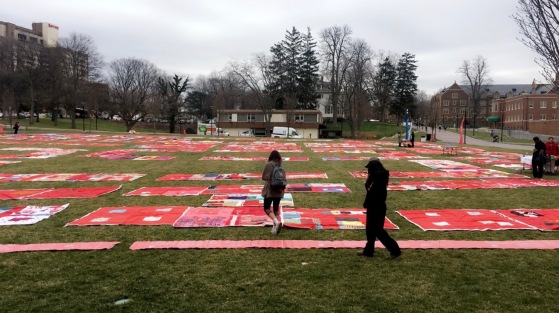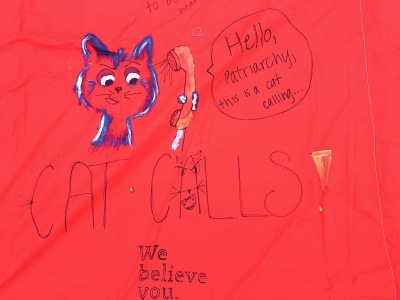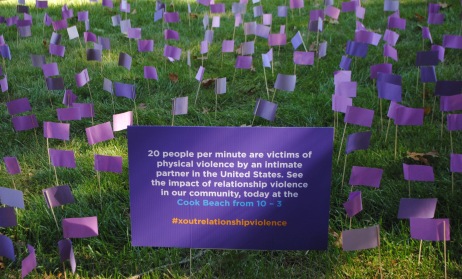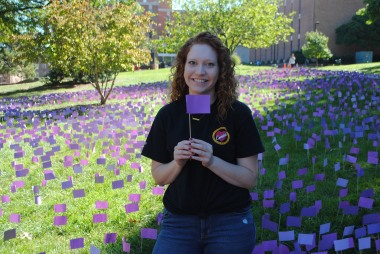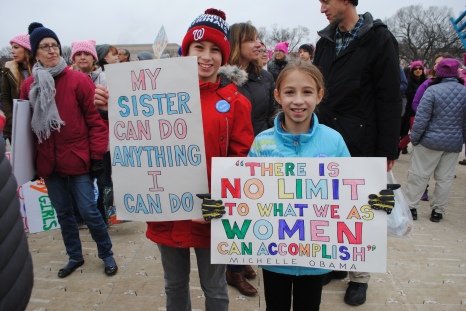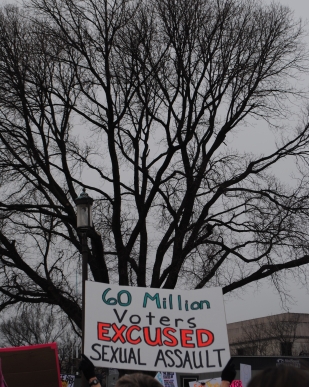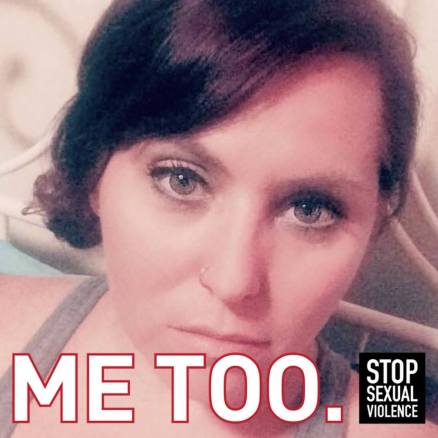With the holiday season in full effect, people’s interest in giving back is beginning to increase. Donations are a great way to give back to the community. However, donors must be careful who they are choosing to donate too. There are many ways and services that can protect you and your money from being taken.
Anti-sexual violence organizations are great places to donate. The media has recently uncovered a mass amount of abuse happening in the United States and survivors need your help.
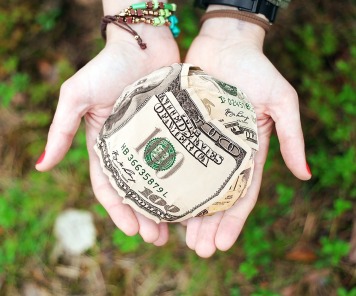
Tell tale signs and services you can use to stay safe:
Paying attention to payment method
Stay alert if donations are being requested in cash only or requiring your credit card number over the phone. Before giving any money contact the charity and find out what constitutes as a secure donation.
Proceeds
Take precaution if a charity claims all of the proceeds are going to victims and resources. All charities have administrative costs.
Non-cash donations
If you are still feeling unsure about a charity, making a material donation rather than a cash donation can be just as beneficial. Many charities seek food, clothing and toys.
GuideStar
GuideStar has records of 1.8 million nonprofits. Users are able to see a charity’s income, spending, mission and executive salaries. For those who more information can pay for premium services which include deeper financial analysis and access to a nonprofit’s contractor.
Charity Navigator
Charity Navigator gives user charity specific ratings. The site has evaluated 7,000 nonprofits. Based on a four star system, Charity Navigator analyzes the charity’s financial health, accountability, and transparency. In addition, there is an examination of how much of the charity’s income goes to programs as well as the percentage that goes to the administration and fundraising.
Charity Watch
Charity Watch offers advice, articles, ratings, and basic information to the public. Members are allowed more access to further information. This site also notifies users of instances of charity abuse.
Source: http://www.nytimes.com/2013/11/08/giving/how-to-choose-a-charity-wisely.html https://www.huffingtonpost.com/mike-montali/how-to-tell-if-a-charity-_b_9806518.html
Want to help victims of sexual assault? Below are some credible organizations.
Turnaround
Turnaround’s mission is to build a community that is free of sexual violence. They offer many programs to help survivors heal and other educational programs for those unaware of the major issue. Ways your donation can help include helping a survivor of sex trafficking get home and just keeping the organization afloat. You can donate here.
Rape, Abuse and Incest National Network (RAINN)
RAINN is the working to end sexual violence and partners with 1,000 local organizations with the same mission. Together they hope to prevent sexual violence, support survivors and find justice. By donating to RAINN you are helping thousands of people affected by sexual violence. Out of every dollar, 93 cents will go towards programs and services. You can donate here.
Maryland Coalition Against Sexual Assault (MCASA)
MCASA’s mission is “…to help prevent sexual assault, advocate for accessible, compassionate care for survivors of sexual violence, and work to hold offenders accountable.” Originally forming after 13 Maryland crisis center’s came together, they now hold many high achievements, an incredible amount of crisis centers and multiple ways to get involved. Most MCASA donations go towards legal services for survivors and outreach programs. You can donate here.
Word count: 528

